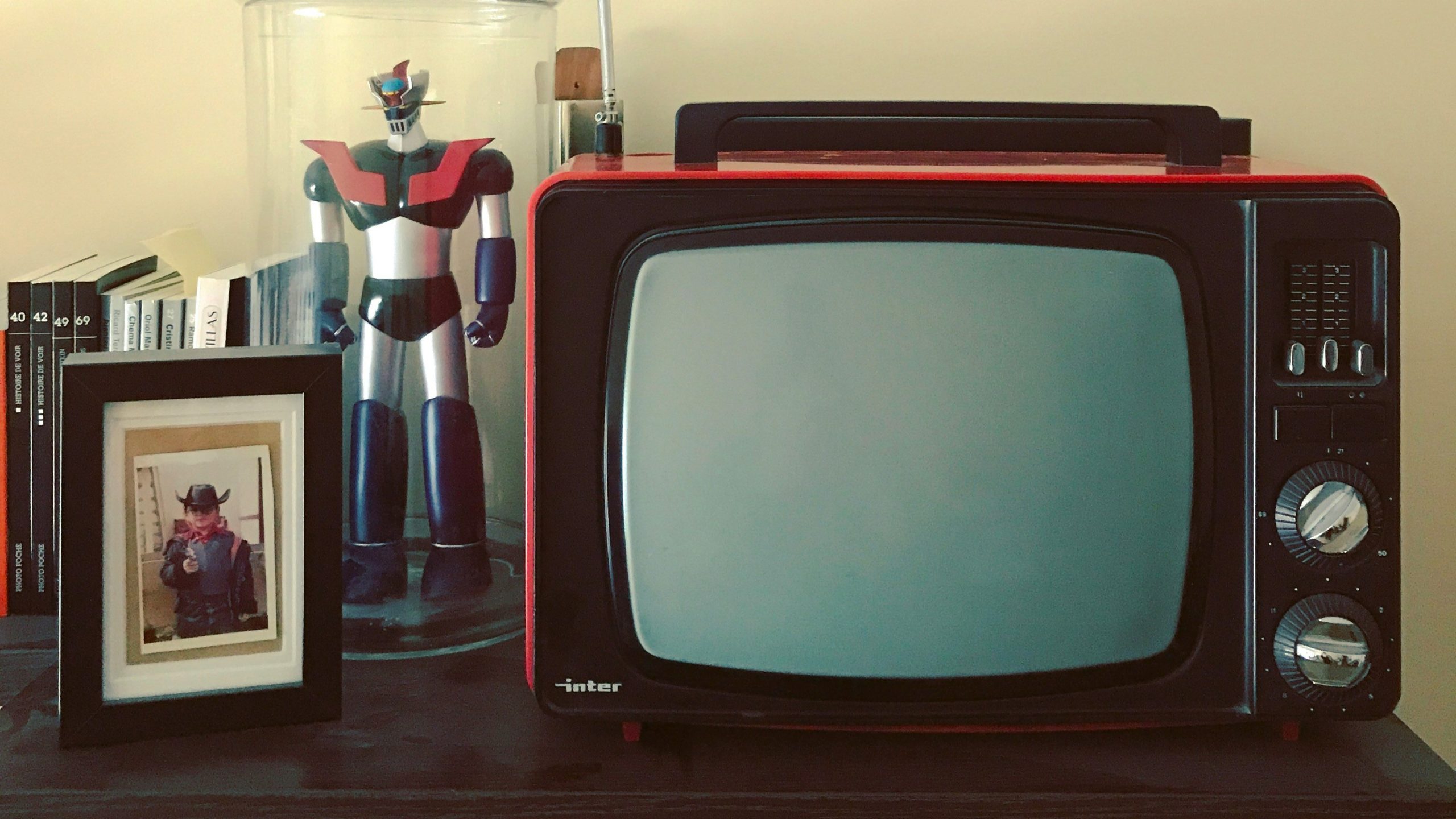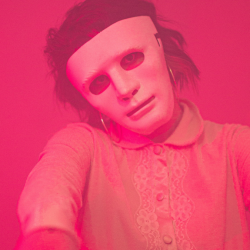What is a mask and why must we wear them?
We all wear masks, whether intentionally done or not. And I believe that we should wear masks at work, and here’s why: often when we say someone is ‘wearing a mask’ negative connotations spring to mind…. They may be inauthentic or could be hiding ulterior motives. They’re not being sincere and are not interested in building trusting and honest working relationships.
But what other non-nefarious reasons could necessitate a mask? As humans it’s instinctive to wear masks sometimes. We may want to hide our flaws or conceal our anxieties. Perhaps there are things we don’t want or are not ready to be completely open about. And there’s nothing wrong with that. Nothing wrong with not wanting to show our whole self to the rest of the world all the time, or with not wanting to be vulnerable. Expressing your ‘whole and authentic self’ may not always be conducive to efficient work. Masks help us feel like we belong. Wearing the right masks can, at times, help push others along towards a bigger unified goal.
Marketers and creators need masks
Don’t think of a mask as concealing something. Instead, why not consider a mask as a superpower; a way to access an alter ego? Masks allow us to act and talk differently, and they could lead us to solve problems across teams and media in new and interesting ways. Wear a funny mask, an innovative mask, an academic and serious mask. Wear a sentimental or empathetic mask.
Choosing to adopt the right mask with a positive outcome in mind may just lead to something brilliant. I’ll admit, I’m not usually a particularly optimistic person. Yet when I guest lecture or host creative workshops I slip on a positive and affable mask. It allows me to better motivate my audience, and I find it makes them more responsive. When I answer their questions with optimism and enthusiasm I often come to new solutions and answers, ones I hadn’t considered before. Even if it doesn’t increase your own creativity, wearing masks can certainly help foster creativity as a collective through unified communication.
Now think of the most successful marketer or creative you may know. You’ll find that they’re likely very adept at slipping on a variety of masks when talking to different people in different roles. That’s because people need to feel like they’re understood. When they feel heard and understood, they begin to trust you. They become more receptive to your ideas and suggestions.
Ultimately, masks allow us to communicate more effectively. If different people in different roles all master the art of wearing the right masks, of stepping into each other’s shoes, we’re able to understand each other better and work towards common goals. However, when it comes to having the ‘too many cooks’ scenario, one which many creatives often find themselves in, then it’s also up to the right people to switch masks, to ensure everyone keeps moving forward. The key is timing — mastering the art of not only knowing which mask to wear, but when.
When the mask comes off…
It’s only through this careful curation that we can reach the moment when the mask is cast aside completely. For all the lucky people who work in creative fields, that’s the magical time of ideation. We can unmask when we’ve connected all the moving parts. Then and only then, everything and everyone else’s perceptions fall into the background. That’s when we can face our fears, vulnerabilities, anxieties.
When I think of ideas, I’m not in the role of a creative leader or a marketer. I’m just a silly human being with flaws and fears; hopes and dreams. Not unlike any other human. To me, a mask is a means to connect; a way to ensure that those ideas, hopes and dreams resonate on a human level, with everyone. They give us a way to inject goodwill, expand our vision and let collective imagination lead to positive impact.
Featured image: Ahmed Zayan / Unsplash


































